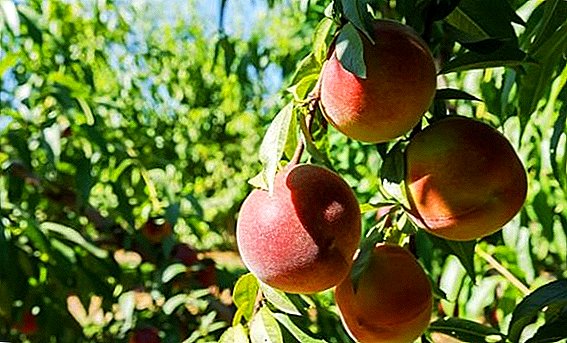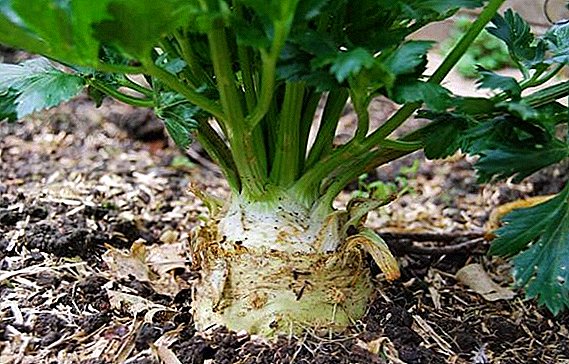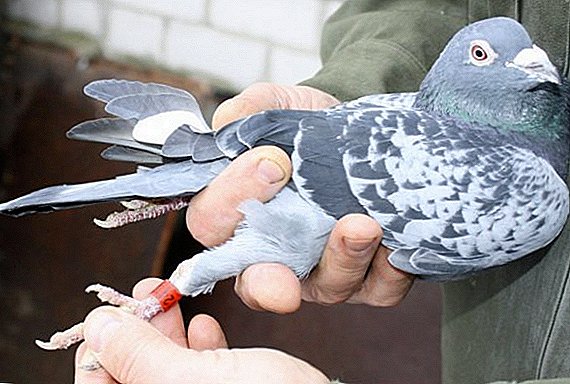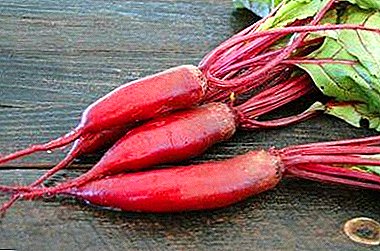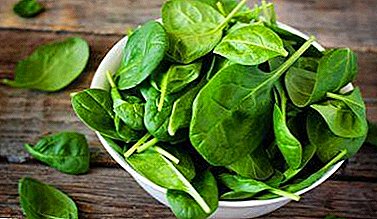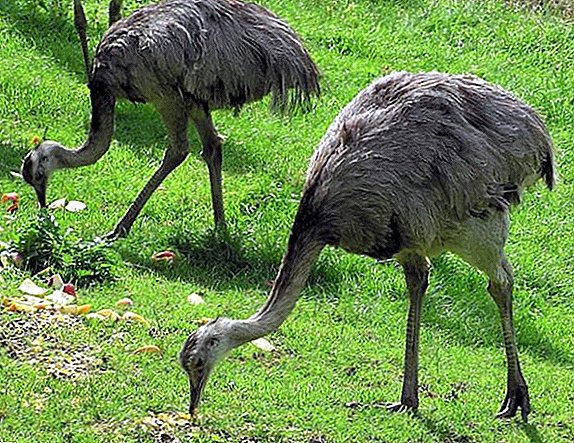 Today, it is impossible to surprise anyone with the breeding of ostriches, this is a profitable business and the businessmen’s poultry breeders are replenished. In principle, the maintenance of an exotic bird does not differ from the care of habitual geese or ducks, but it has its own characteristics. We will talk about the intricacies of feeding an African guest in this article.
Today, it is impossible to surprise anyone with the breeding of ostriches, this is a profitable business and the businessmen’s poultry breeders are replenished. In principle, the maintenance of an exotic bird does not differ from the care of habitual geese or ducks, but it has its own characteristics. We will talk about the intricacies of feeding an African guest in this article.
How the structure of the digestive system affects the diet of ostriches
The digestive system in birds corresponds to the image and conditions of life in arid savannas and prairies. Unlike other poultry, ostriches have no goiter. Food passes through the esophagus into the fore stomach, where the fluid released from the walls of the organ is softened.
Then the mass enters the stomach with thick muscular walls, rigid inside. Since ostriches do not have teeth, they swallow small pebbles in large quantities. Contractile, the walls of the stomach, along with the stones, “chew” food, consisting mainly of coarse fibers.
Learn more about ostrich eggs.
Then in the small intestine, a length of more than five meters, is the absorption of nutrients from the food by the walls of the body. And in the paired processes of the cecum occurs the final splitting of fiber and the release of water from food.  Due to this structure of the digestive system, ostriches can go without water for a long time, filling its lack with absorption of moisture from food. The accumulation of undigested surplus occurs in the rectum and through the cloaca the intestine is released from them.
Due to this structure of the digestive system, ostriches can go without water for a long time, filling its lack with absorption of moisture from food. The accumulation of undigested surplus occurs in the rectum and through the cloaca the intestine is released from them.
What eats ostrich in the wild
African land is not the most fertile, so large birds have adapted, in the absence of greenery, to replace it with food of animal origin. Along with branches, roots and seeds, birds do not squeamish insects, small reptiles, even turtles and mice.
Did you know? Under natural conditions, ostriches are friends with wildebeest and zebras. Flightless giants, thanks to their excellent eyesight, are the first to notice the predators and raise the alarm. And zebras and antelopes beat insects for birds with sharp hooves.
A very varied diet is complemented by coarse sand and pebbles, to facilitate digestion. An adult consumes about five kilograms of food per day to have enough energy. 
What to feed an adult ostrich at home
Diet depends on the time of year, you need to provide pets with vitamins and minerals, as well as the fiber they need all year round.
Summer
In summer, juicy food predominates:
- fresh alfalfa;
- zucchini;
- nettle, dandelions;
- young beet and its tops;
- legumes;
- melons;
- salad;
- fruits;
- root vegetables and vegetables.
 Green menu must be supplemented with cereals - corn, barley, oats.
Green menu must be supplemented with cereals - corn, barley, oats.Important! There must be a separate container with small pebbles or gravel.
In winter
In the cold season, the food mainly consists of cereals and hay, vegetables and root crops that are stored for the winter, as well as grass meal, silage, and mineral and vitamin supplements.
Products include:
- cereals - wheat, millet, corn, oats, barley;
- vegetables - beets, carrots;
- fruit - apples;
- alfalfa hay;
- bread and crackers;
- cake and meal;
- feed

What can not feed
Ostriches are omnivores, but there are products that need to be given in a limited form, there are those that are prohibited.
Read more about breeding ostriches at home.
List of unwanted products:
- potatoes;
- parsley;
- rye.
Products that can be given in small quantities:
- cabbage;
- bran;
- flour.

Feeding systems
There are several bird ration systems, whichever one the owner chooses, you must always take into account the balance of nutrients.
You will probably be interested to read about the incubation of ostrich eggs at home.
Intense
The system assumes the maintenance of birds in the open-air cage, absence of walking on a pasture, which is replaced with chopped green fodder. Under the green means fresh alfalfa, salads, canola. The basis of the diet - feed up to three kilograms per day per adult.
In addition, supplements:
- soybean and corn oil;
- fish flour;
- vitamin and mineral complexes.

Semi-intensive
This system implies conditions close to natural: the bird is constantly on the pasture and produces food itself. Concentrated mixtures are added in small amounts to its green ration. In the first months of winter, breeding pets are fed with mixed fodder. Since December, the feathery is fed a kilogram of concentrate in granules, increasing consumption by March to three kilograms.
Important! Concentrated feed is given only with crushed herbs or other succulent feed.
Extensive
The bird is kept on pastures, getting food on its own, in the summer months it saves on compound feeds. Feed the ostriches in the case of a rainy summer or too dry, when there is little juicy feed. Concentrates give to a bird only in the winter period. 
Feeding the chicks
The babies need special care, future health depends on the proper diet from the first days of life, especially the formation of bone tissue of chicks. Newborns are not fed for three days: they have enough nutrients from the yolk sac.
Four-day-old pets are given thoroughly grated curd, chopped boiled egg, chopped green fodder, and water. Green food is given in small quantities, but must be fresh, not sluggish.
It will be helpful for you to read about how to properly feed chickens, turkeys, ducklings and goslings.
Teaching chicks to take food is not difficult: you need to scatter it on a flat surface and knock with your fingers. Kids will begin to copy the movement and learn how to eat. Ostriches put separate containers with sand so that they get used to fill the stomach with pebbles. In addition, the kids willingly bathe in it.  In the second week of life, you can begin to teach chicks to feed, first with crumbs, then in pellets. Be sure to give juicy greens, almost unlimited, grated vegetables (pumpkin, carrot). It is advisable not to let out up to three weeks in the pasture so that the chicks will harden.
In the second week of life, you can begin to teach chicks to feed, first with crumbs, then in pellets. Be sure to give juicy greens, almost unlimited, grated vegetables (pumpkin, carrot). It is advisable not to let out up to three weeks in the pasture so that the chicks will harden.
Important! Under natural conditions, chicks peck the litter of parents in order to temper the body against bacteria, to develop the correct, healthy microflora. Experienced ostrichs recommend giving babies probiotics.
Two-month-old pets, except for juicy, green fodder and vegetables, are given pellets of mixed feed up to 8 mm in size. Chicks are given soybean meal, milk powder, meat and bone meal. You also need vitamins B, fish oil and other mineral supplements.
From the age of three months, sunflower cake and yeast, complexes containing amino acids are added to the diet. Up to six months, young animals are fed five times a day, after six months - three or four times. Starting with a year of life, pets are fed as adults - no more than twice a day. 
How to water ostriches
From the nature of the birds given the ability to do without water for a long time. However, at home the bird eagerly drinks and in large quantities. Farmers experienced in breeding giants recommend watering them with each meal.
Did you know? Ostrich step during the run covers more than three meters, and the force of an ostrich kick is stronger than a horse’s hoof.A kilogram of dry food should be about two and a half liters of water. It is desirable to provide constant access to fresh water, the height of the drinkers should be at least 70 cm from the floor.
Video: breeding ostriches at home The feeding of large birds is in many ways similar to the preferences of other, more habitual poultry in our latitudes. All that is needed for pets is growing in the fields and gardens, and feed can be purchased in stores.




